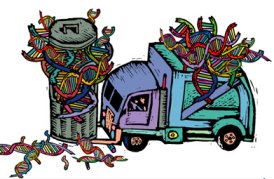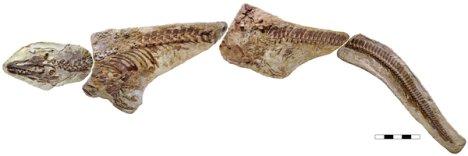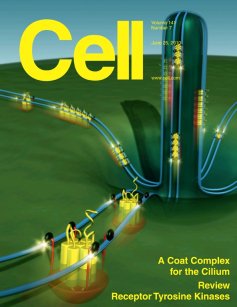
The evolutionary mindset produces all sorts of pathologies in modern science, but it has probably wreaked the most havoc in the field of genetics. Because DNA is so incredibly well designed, assuming that it is the result of random processes guided by natural selection has hampered our understanding of it significantly. Nowhere is this more apparent than in the concept of junk DNA. The term was coined by Susumu Ohno back in 1972.1 He applied it to all parts of an organism’s DNA that don’t code for proteins. Back then, it was thought that DNA’s only job was to tell a cell which proteins to make and how to make them. If a portion of DNA didn’t do that, to Ohno and most other geneticists at the time, it was simply junk – a leftover vestige of the evolutionary process. To give you an idea of how unreasonable this evolution-inspired idea is, at one time, it was thought that more than 98% of the human genome was composed of junk DNA!
Of course, creationists have always contended that there cannot be much junk DNA in any organism’s genome. Because DNA is so incredibly well designed, any significant amount of junk DNA would cause all sorts of problems. Imagine throwing a bunch of junk into a race car engine. Do you think the engine would work properly if it was filled with junk? Of course not. Since DNA is designed more elegantly than the fastest race car engine today, it is hard to believe it could function properly if it were filled with junk. The creationist view, then, has always been that while there might be a bit of junk DNA that has come from mutations which have degraded the genome over time, the vast majority of all organisms’ DNA serves important purposes, whether or not we understand them.
Not surprisingly, the more we learn about DNA, the more the creationist view is being confirmed. Time and time, again regions of DNA that have been positively identified as “junk” by evolutionists have been demonstrated to have a necessary function. A recent article in the journal Nature is yet another example of this confirmation process.




